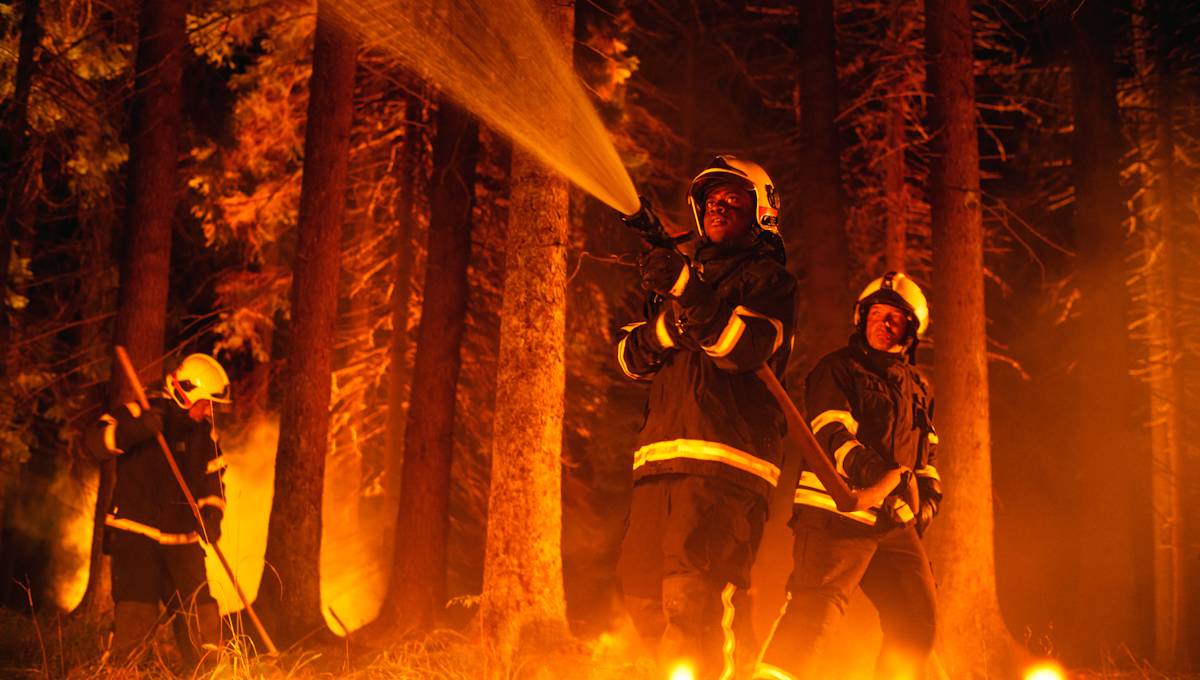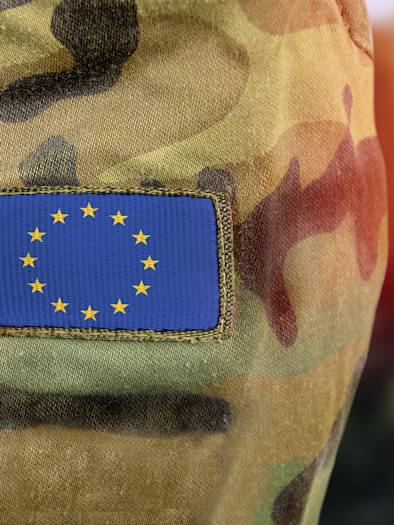
What any crisis communications team can utilize from the Incident Command System playbook
From devastating wildfires to hundred-year floods and critical infrastructure failures, the summer of 2024 saw thousands of emergency responders deployed across the country as part of large-scale, coordinated efforts to assist affected communities, ensure public safety, and restore access to essential services.
While many of us follow these events as they unfold in the news, it is often overlooked that all the response efforts are guided by the same playbook, regardless of the nature of the emergency. In Canada, the U.S. and other countries, organizations that respond to public emergencies – like police, fire fighters, the military, and regulatory bodies – follow a standardized approach for the command, control and coordination of emergency response called the Incident Command System (ICS).
Whether your organization employs ICS or not, the system has principles and best practices that any crisis communications team can apply to enhance preparedness and effectiveness.
Establishing a clear chain of command
ICS is built on a Chain of Command, an orderly line of authority that ensures all response personnel are working in a coordinated manner towards common objectives. Similarly, all crisis communications plans should set out well defined roles, responsibilities and reporting relationships, so everyone on the crisis communications team knows what they are expected to do, when to do it, and to whom they report. Any role ambiguity can lead to unassigned tasks or duplication of effort.
Maintaining a common operating picture
A key principle of ICS is to maintain a Common Operating Picture, meaning all teams have a shared understanding of the current situation. Crisis communications teams play a critical role in informing that view, particularly in monitoring media and social media coverage and incoming public inquiries to assess evolving stakeholder concerns and identify the spread of misinformation. To fully support situational awareness, monitoring report distribution needs to be inclusive of all responding technical and functional teams. Assigning and using role-specific titles
Under ICS, response personnel do not use their day-to-day job titles. Rather, they are assigned standardized position titles within the Chain of Command. Among other things, this allows for filling positions with the most qualified individuals rather than by rank. This principle should also be applied to any crisis communications plan so that alternates and reinforcement personnel can seamlessly step in to fill a role as needed. Adapting with a modular organization
ICS employs a flexible, modular organization structure that can grow as needed and add specialized resources to suit the size and complexity of an incident. The structure of crisis communications teams can also benefit from a modular approach. Beyond the core team, crises playing out across multiple markets may require the addition of regional communications leads for on-the-ground support and local knowledge. The extended roster can also include internal subject matter and technical experts and external communications partners and suppliers.
Centralizing the communications function
In ICS, the communications function is centralized under the Public Information Officer, who reports directly to the Incident Commander and advises and oversees the dissemination of all information and media relations. While in the normal course of business, some organizations have decentralized communications resources embedded within different business units, in a crisis this model is susceptible to “freelancing” and the release of conflicting or confusing information. To ensure messaging accuracy and alignment, crisis communications leads must have a seat at the highest decision-making table from where they can direct all communications in support of management objectives.
At Hill & Knowlton, all of our more than 30 crisis communicators across Canada have Incident Command System (ICS) certification, which positions us well in our work advising and supporting government agencies, universities, mining companies, energy companies and other clients who follow ICS in their emergency protocols.
Our full-service Issues & Crisis offering extends from crisis planning and preparedness training to simulation exercises, 24/7 crisis response and reputation recovery.







